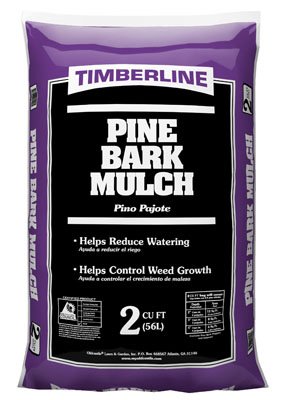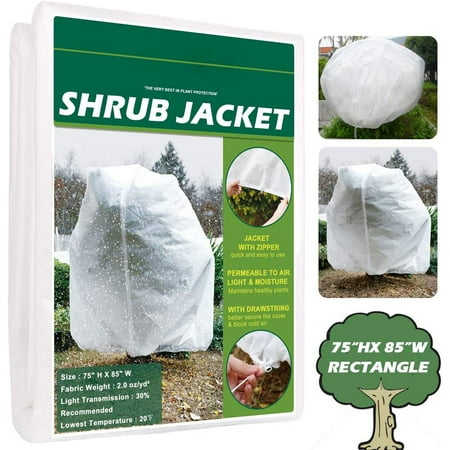How to protect blueberry bushes in winter – 6 ways to shield plants from frost, snow, and winds
Do you need to cover blueberry bushes in winter? Not always, but sometimes it can help

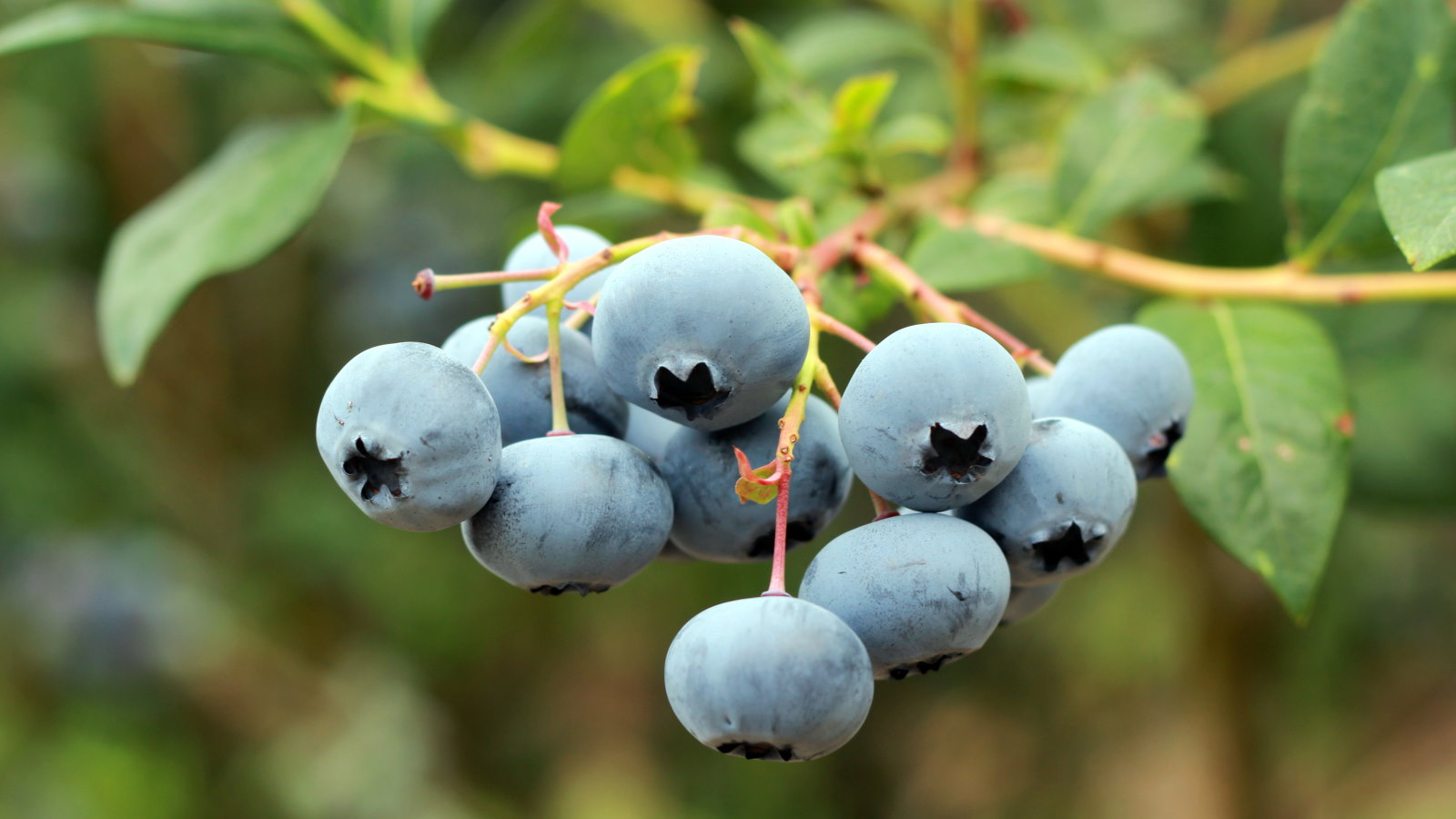
Blueberries are a superfood that has rocketed in popularity in recent years thanks to the high levels of nutrients packed into those small berries. The fruits are simple to grow at home and, although many blueberry varieties are very hardy, it may be beneficial to know how to protect blueberry bushes in winter in colder climates.
Growing blueberries is usually an enjoyable and fairly fuss-free experience. The most important points to get right are giving plants a sunny, sheltered growing site and moist, acidic soil. I have grown blueberries in the ground, raised beds, and pots, and enjoyed good fruit on blueberry bushes in all those scenarios.
There are occasions when you may need to protect blueberry bushes in winter, including during extreme and prolonged periods of frost or snow. This guide identifies six potential methods for protecting blueberries in winter to keep bushes safe from frost, snow, and bitter winds.
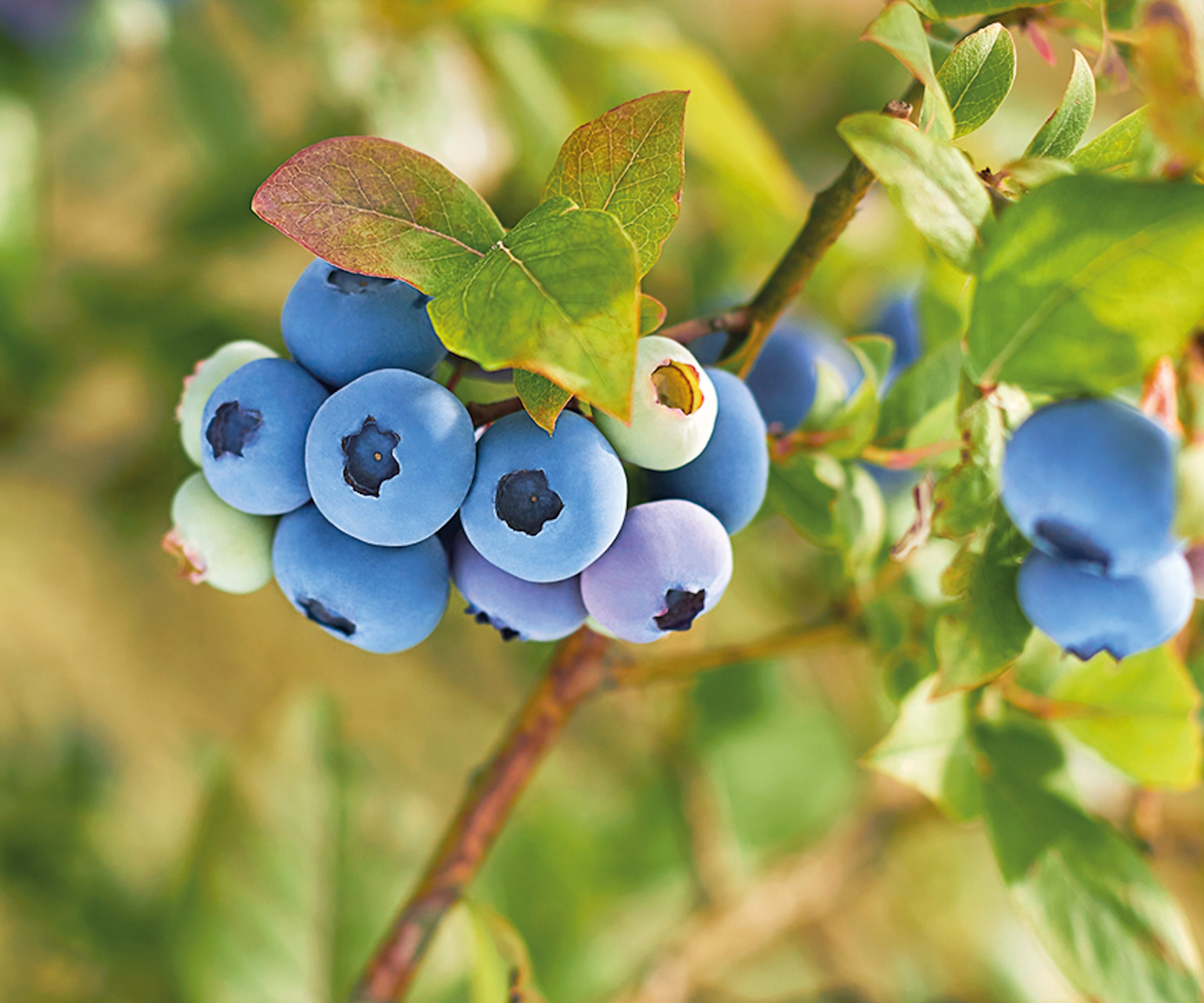
6 ways to protect blueberry bushes in winter
Different varieties of blueberries are hardy down to US hardiness zone 3, however, the most commonly grown varieties can tolerate winters down to US hardiness zone 5. No matter their hardiness, if you plant blueberries in the fall they will want protection from extreme cold during their first winter and bushes grown in containers will benefit from some winter protection.
1. Mulch
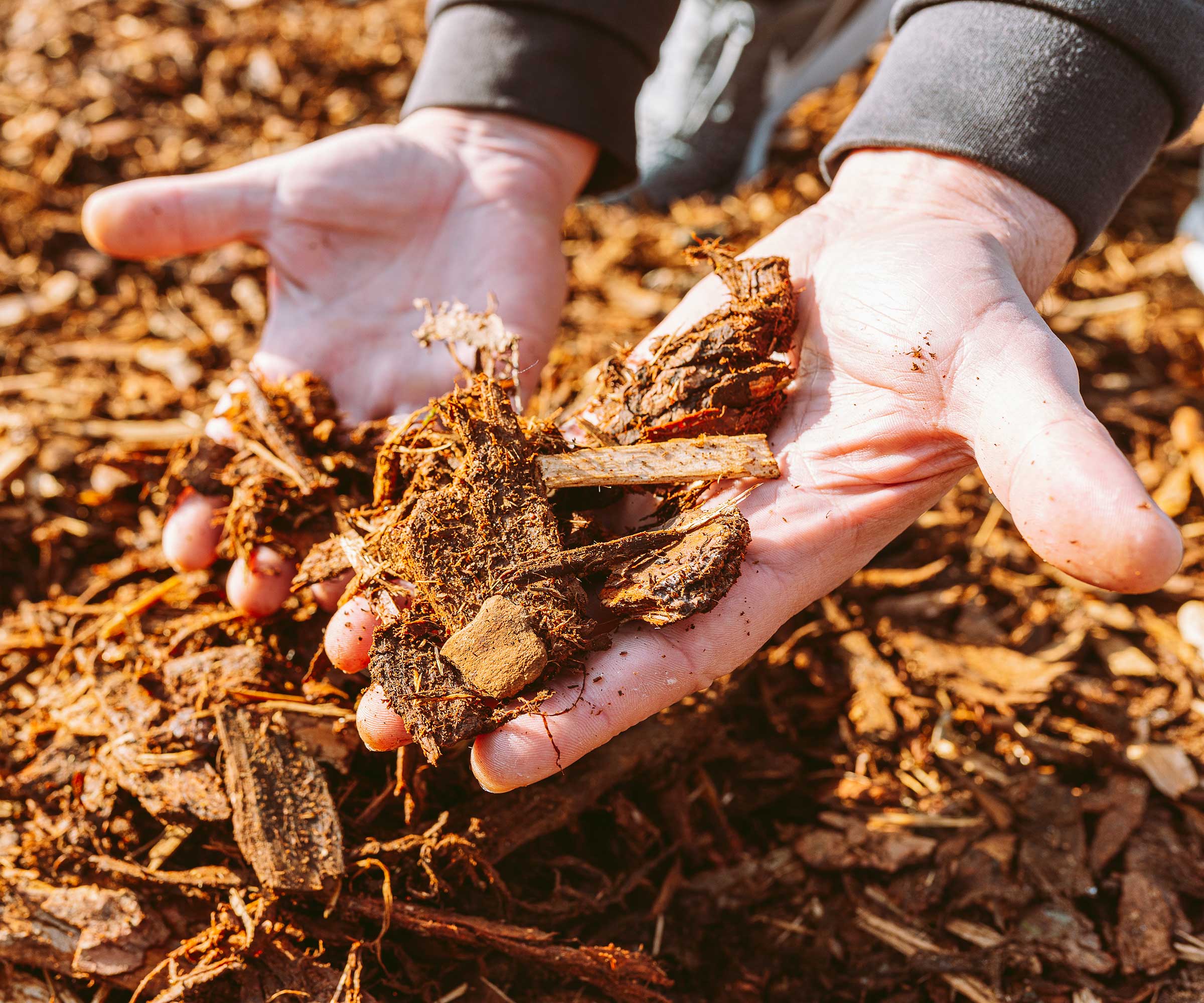
Mulching will help to protect the plant’s roots, insulating them from the frost. It is a highly beneficial way of stopping the soil from freezing in winter, protecting blueberries during cold periods, and providing nutrients as the material breaks down. Opt for organic acidic types of mulch, such as bark, pine needles, wood chip, or leaf mold, and put down a layer 2-3 inches thick before the first frost in fall.
2. Water
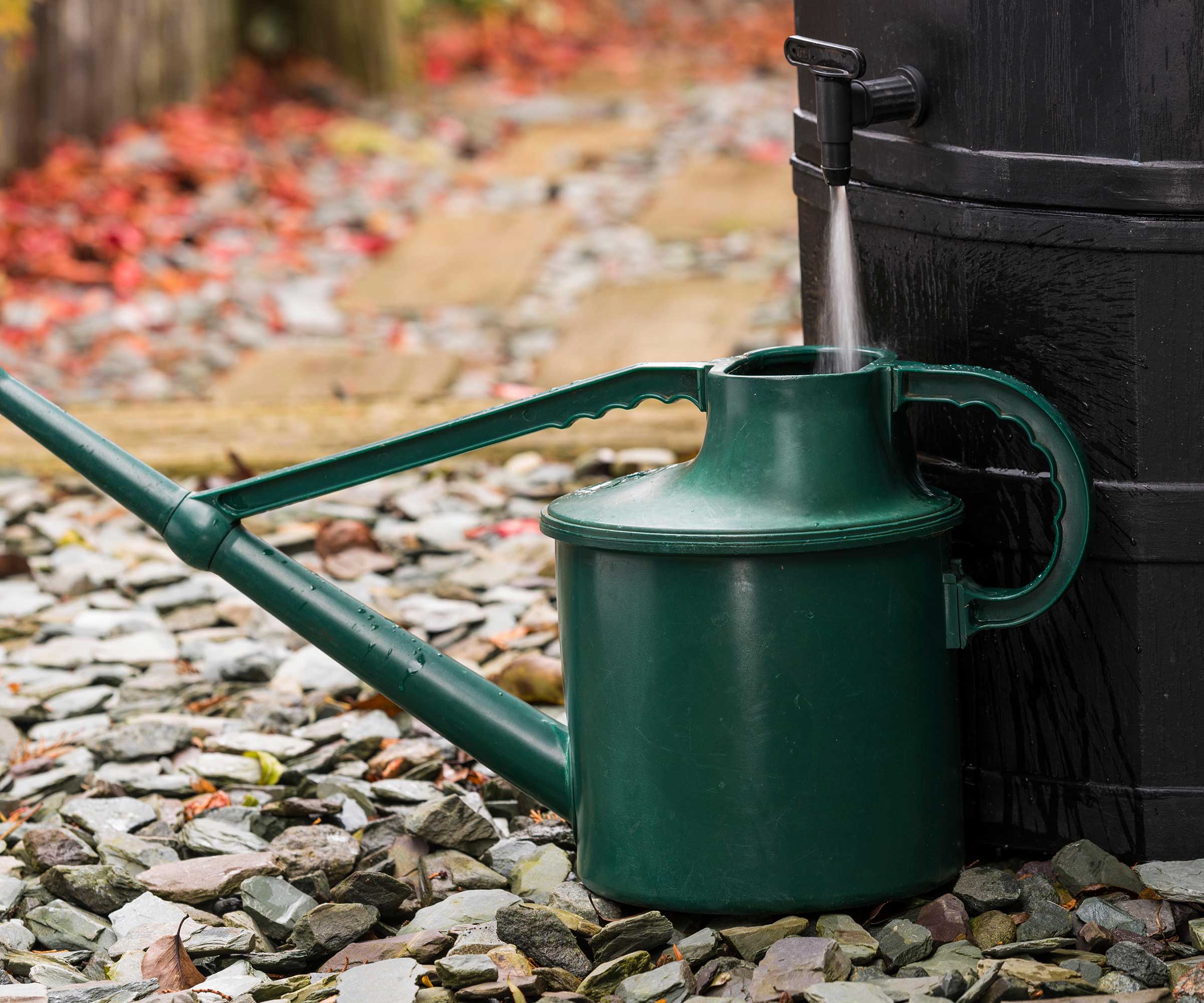
It may appear counterintuitive, however, watering blueberry bushes can protect them in winter. Strong and well-watered plants can cope better with cold conditions than stressed bushes. Watering plants before a frost helps protect blueberry bushes in winter, as that moist soil will hold more warmth into the night than dry soil.
Watering the soil, especially if it has been a dry fall, before a frost is incoming will help insulate the plant’s roots against the incoming cold. Always water the soil and not the plants ahead of frosts, as any moisture on the plants themselves will freeze and do damage.
Design expertise in your inbox – from inspiring decorating ideas and beautiful celebrity homes to practical gardening advice and shopping round-ups.
3. Wrap individual plants
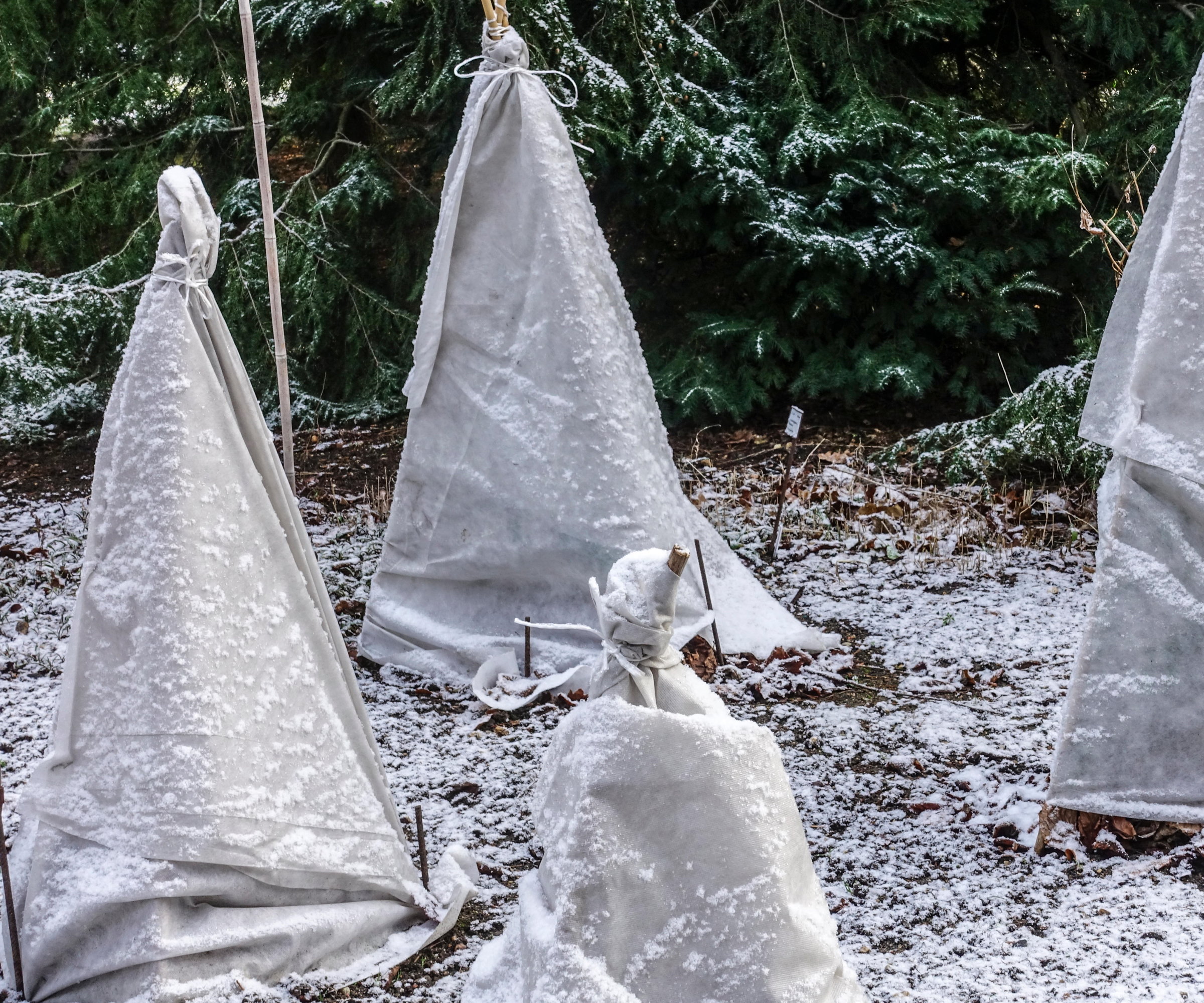
Individual blueberry bushes can be covered in frost cloth ahead of freezing nights if they are newly planted, borderline hardy for your US hardiness zone, or there is an extreme weather forecast. Frost cloth offers a simple and effective way to protect plants from frost.
It can be wrapped around the bushes to trap heat from the soil and form a protective environment around them. Frost cloth, also known as horticultural fleece, can raise the temperature around bushes by 5-10 degrees when used correctly. This includes covering the entire bush, all the way to the ground, and ensuring the frost cloth is weighed down to keep it in place overnight.
4. Make DIY tunnels
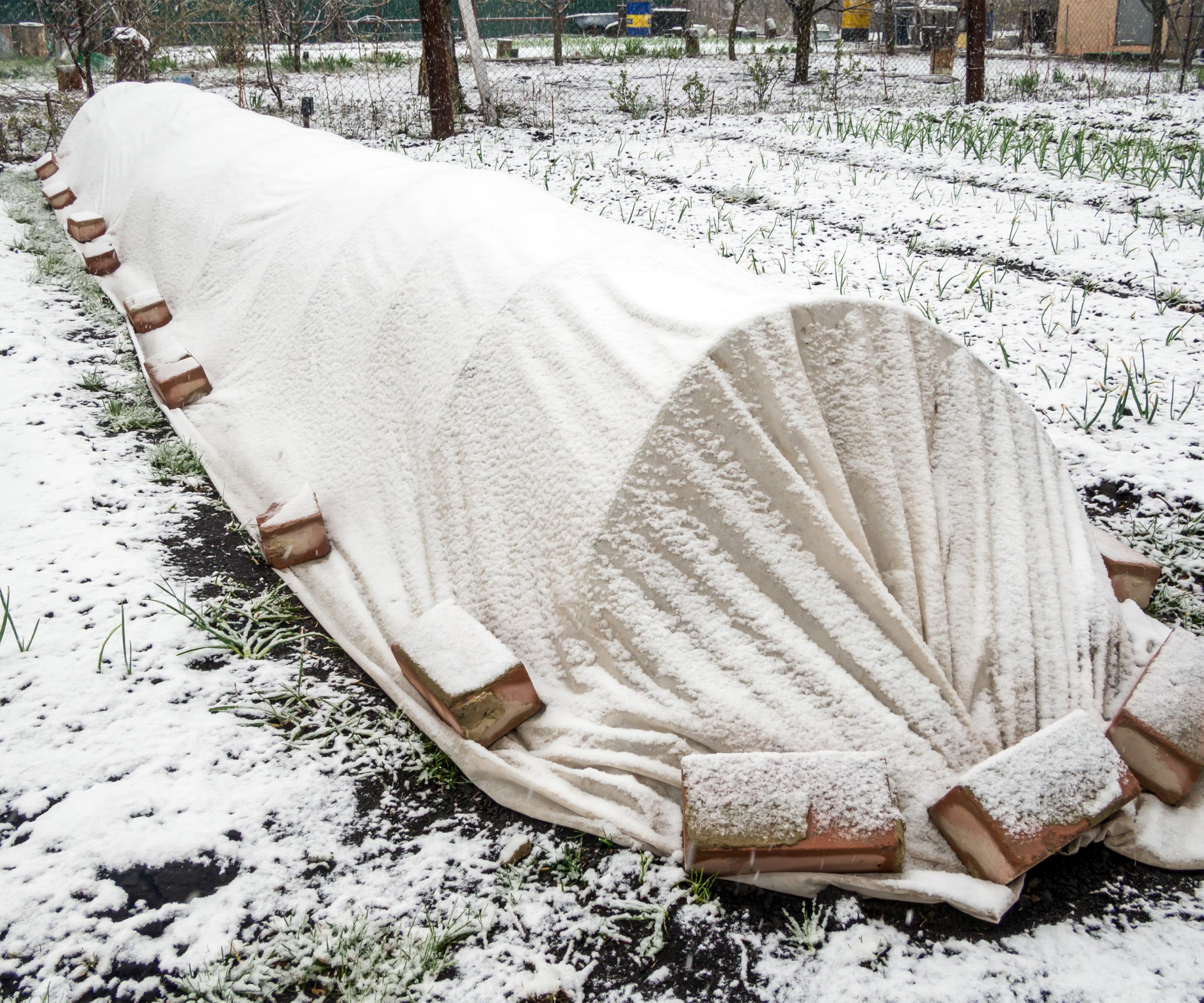
If you have several young blueberry bushes growing in rows, then you can alternatively construct a DIY cloche tunnel rather than protecting individual plants. Plastic sheets, or frost cloth, can be laid over hoops made from metal or plastic - such as PVC pipes - and weighed down at the edges to keep them in place.
Plastic coverings will create polytunnel-like growing conditions, keeping the soil and plants warm during winter, however, the plastic should be removed during warmer days to prevent plants from getting too warm.
5. Move blueberries growing in pots
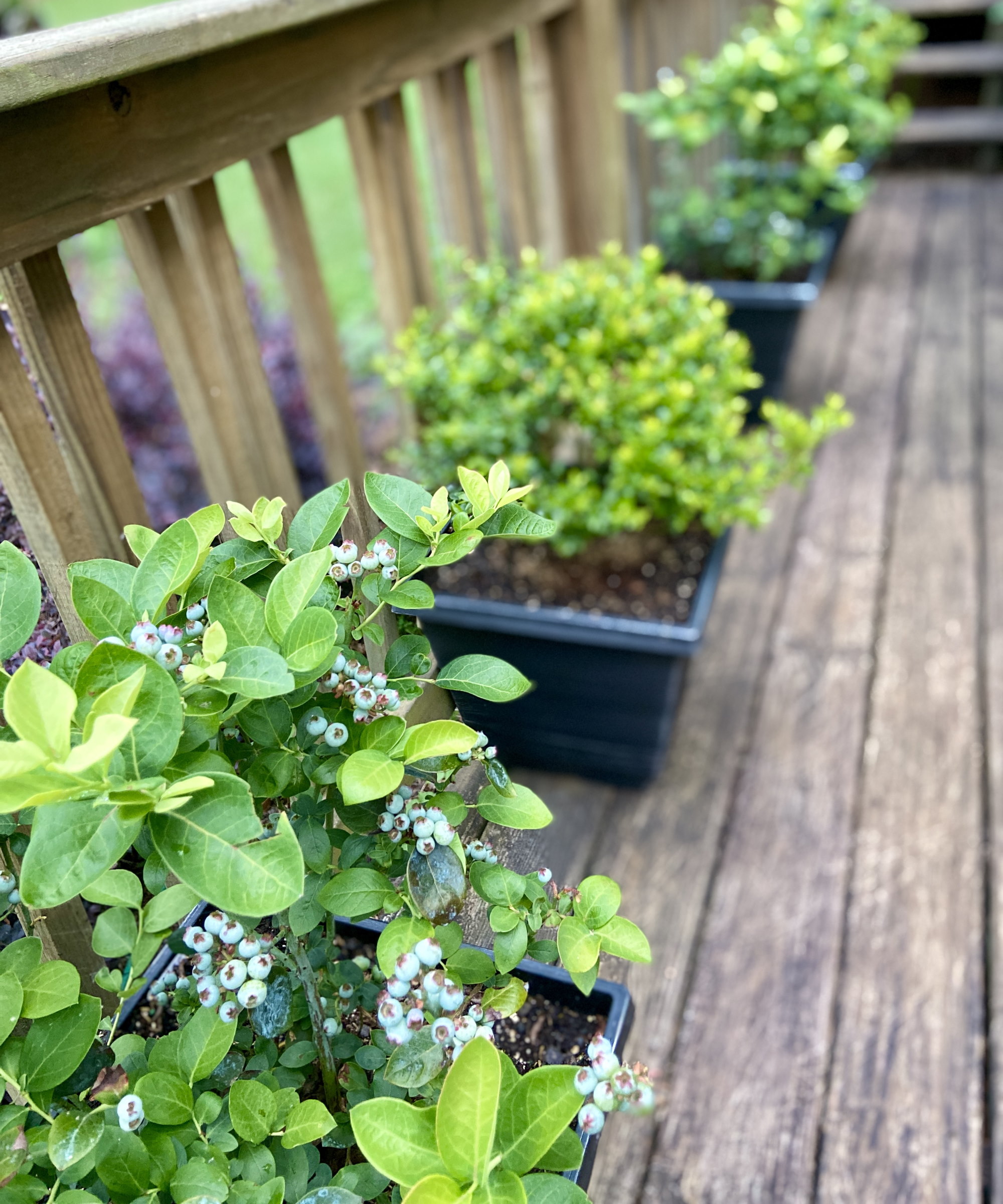
If you grow blueberries in pots, move them to a protective position for winter to ensure bushes overwinter safely. The roots of fruit growing in pots as part of a container garden are more susceptible to frosts than when growing in the ground, due to the limited protection from the soil around them.
Move the container indoors over winter, or to a protected spot to lessen the risk of damage from frost or bitter cold winds and wrap the container in burlap or frost cloth to keep those roots insulated.
6. Stake bushes
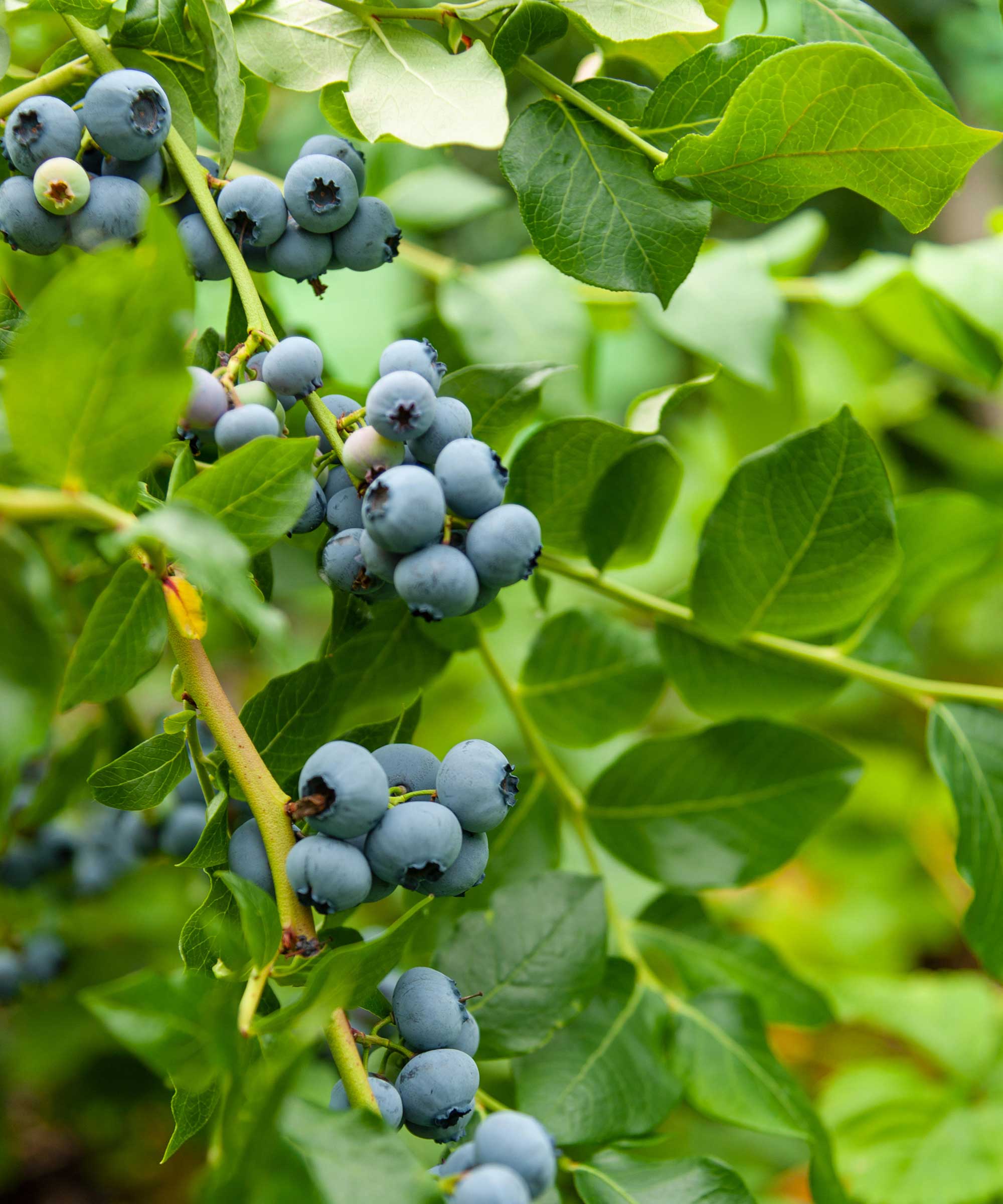
Blueberry bushes can grow 5-6 feet in height, depending on the variety, and staking plants should be considered for winters in open and unprotected sites. Staking the bushes will reduce the risk of the shrub breaking from strong winds or heavy snow.
The main stems of tall varieties can be tied to a simple wooden stake - such as these wood garden stakes at Walmart - put in the ground near the center of the bush. Use twine or plant ties to loosely attach the stems, avoid tying them too tight as this increases the risk of snapping in strong winds.
FAQs
What is the best mulch for blueberries in the winter?
Blueberries prefer acidic soil with a pH of 4.5-5.5. The best mulches for blueberries should be those that help make the soil more acidic, such as pine needles, bark, leaf mold, woodchips, or sawdust.
Should I put sawdust around my blueberry bushes?
Sawdust can be a good material to mulch around blueberry bushes. It needs to be well-composted sawdust and only added in moderation. Adding too much sawdust would be a mulching mistake as it can deplete the nitrogen levels in the soil.
Blueberry bushes are also susceptible to frost in spring, especially late frosts that can kill the delicate blossom and result in no fruits for the year. If a late frost is forecast, then covers can be put on bushes to protect the opened blooms.
Alternatively, later-flowering cultivars may be planted in colder climates to mitigate the risk of late-spring frosts decimating that year’s blooms. One great example of a variety that can withstand late frosts is the ‘Bluecrop’ blueberry, available at Burpee.

Drew has worked as a writer since 2008 and was also a professional gardener for many years. As a trained horticulturist, he worked in prestigious historic gardens, including Hanbury Hall and the world-famous Hidcote Manor Garden. He also spent time as a specialist kitchen gardener at Soho Farmhouse and Netherby Hall, where he grew vegetables, fruit, herbs, and cut flowers for restaurants. Drew has written for numerous print and online publications and is an allotment holder and garden blogger. He is shortlisted for the Digital Gardening Writer of the Year at the 2025 Garden Media Guild Awards.
